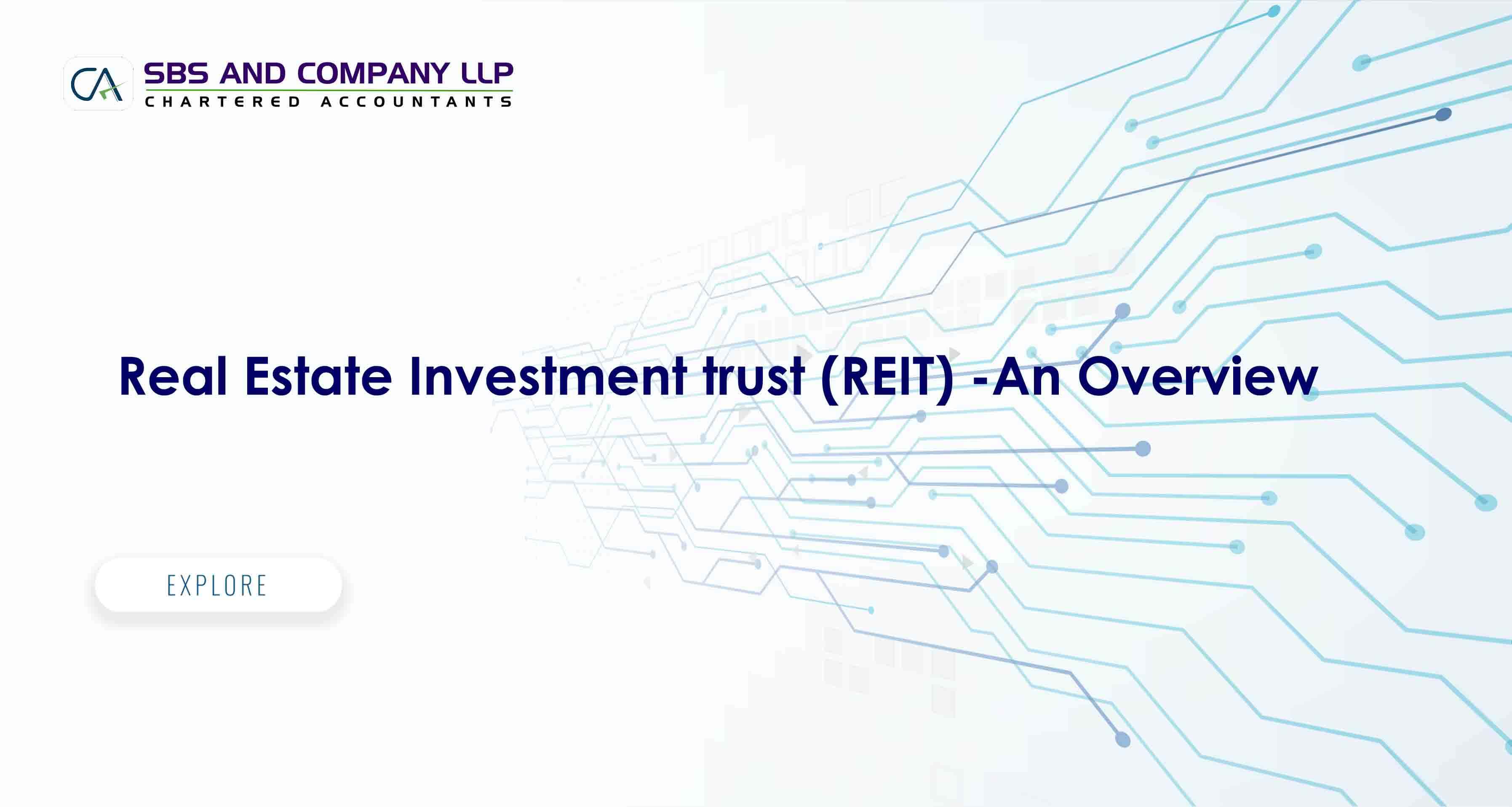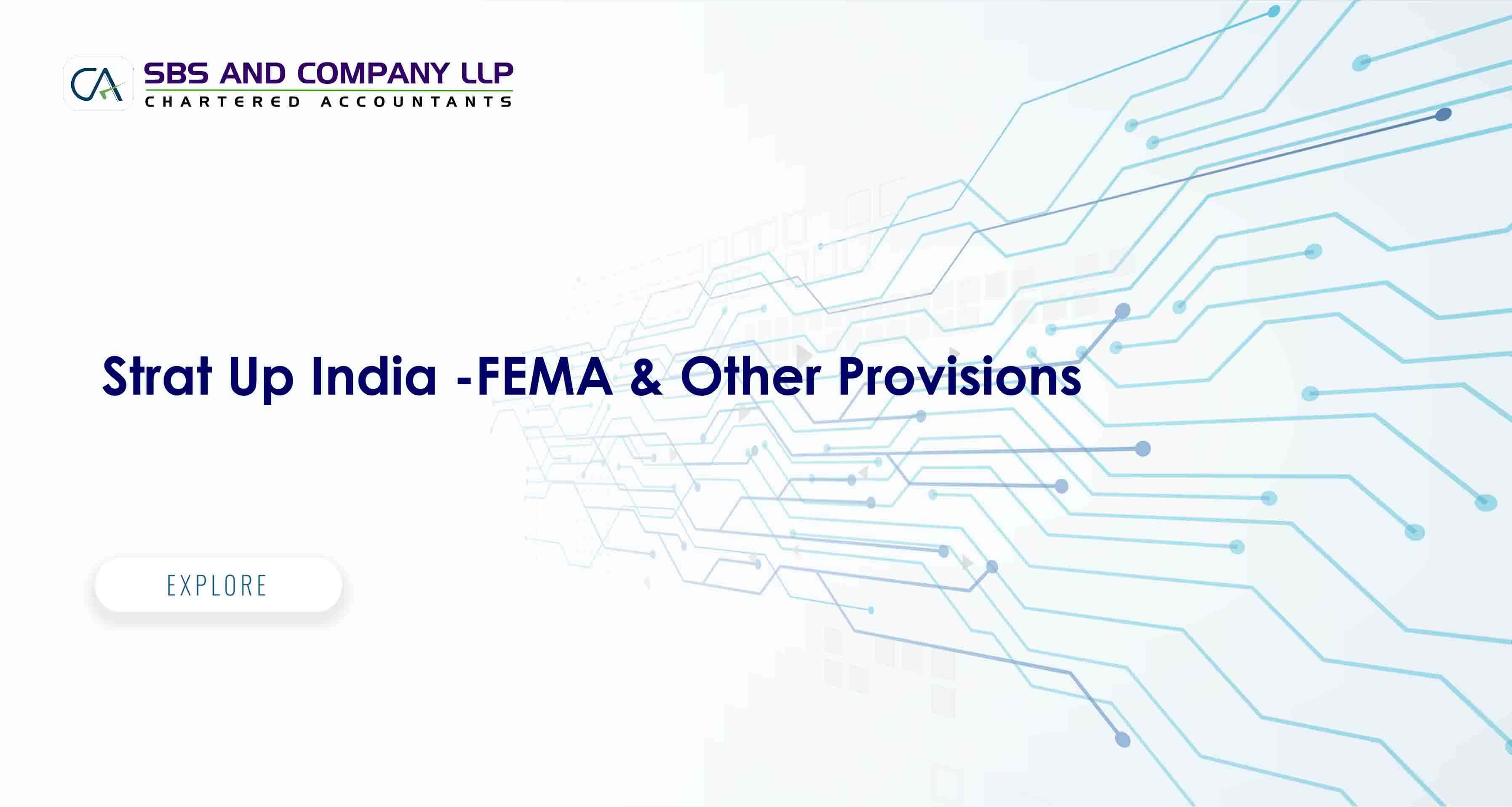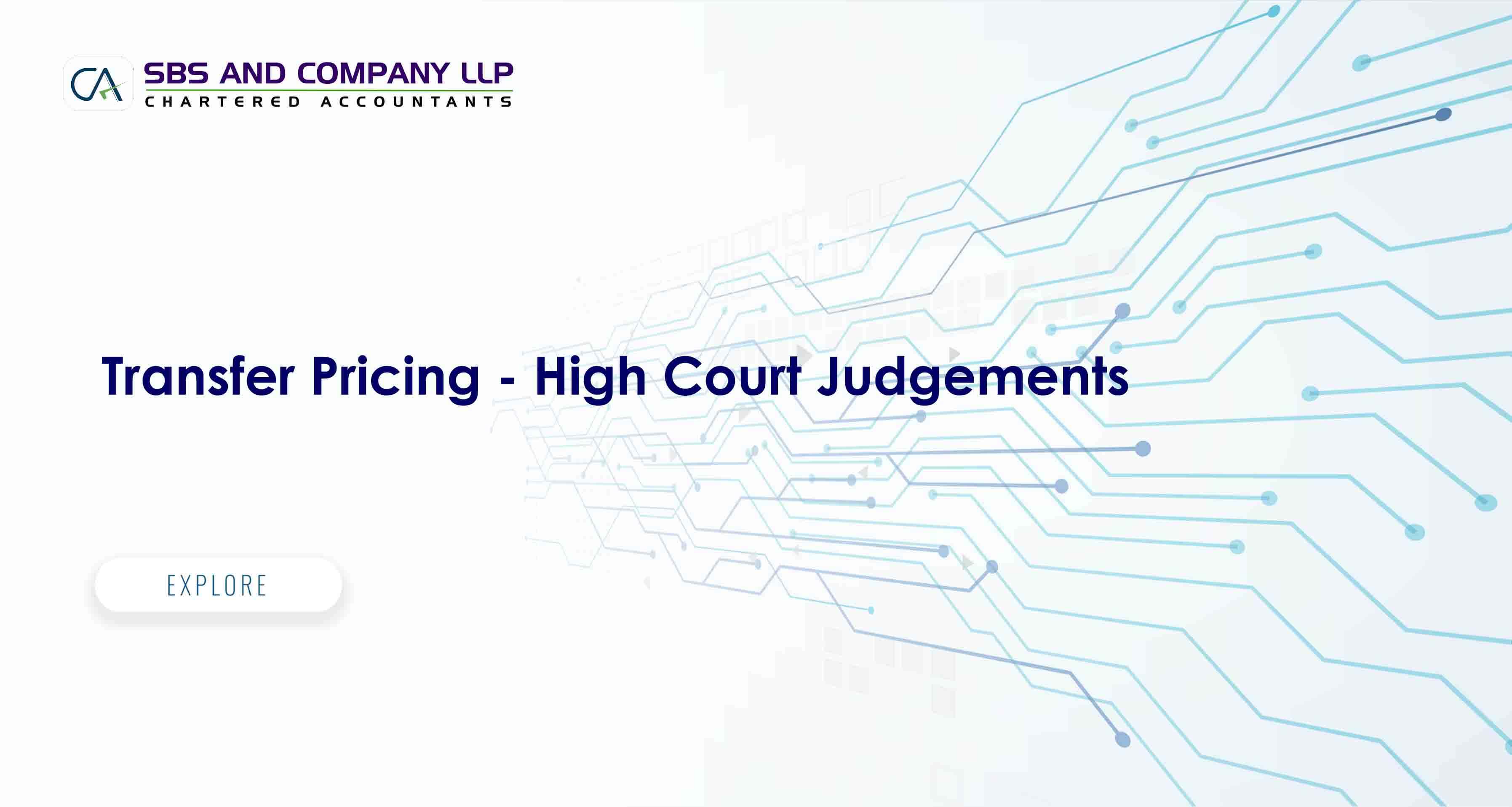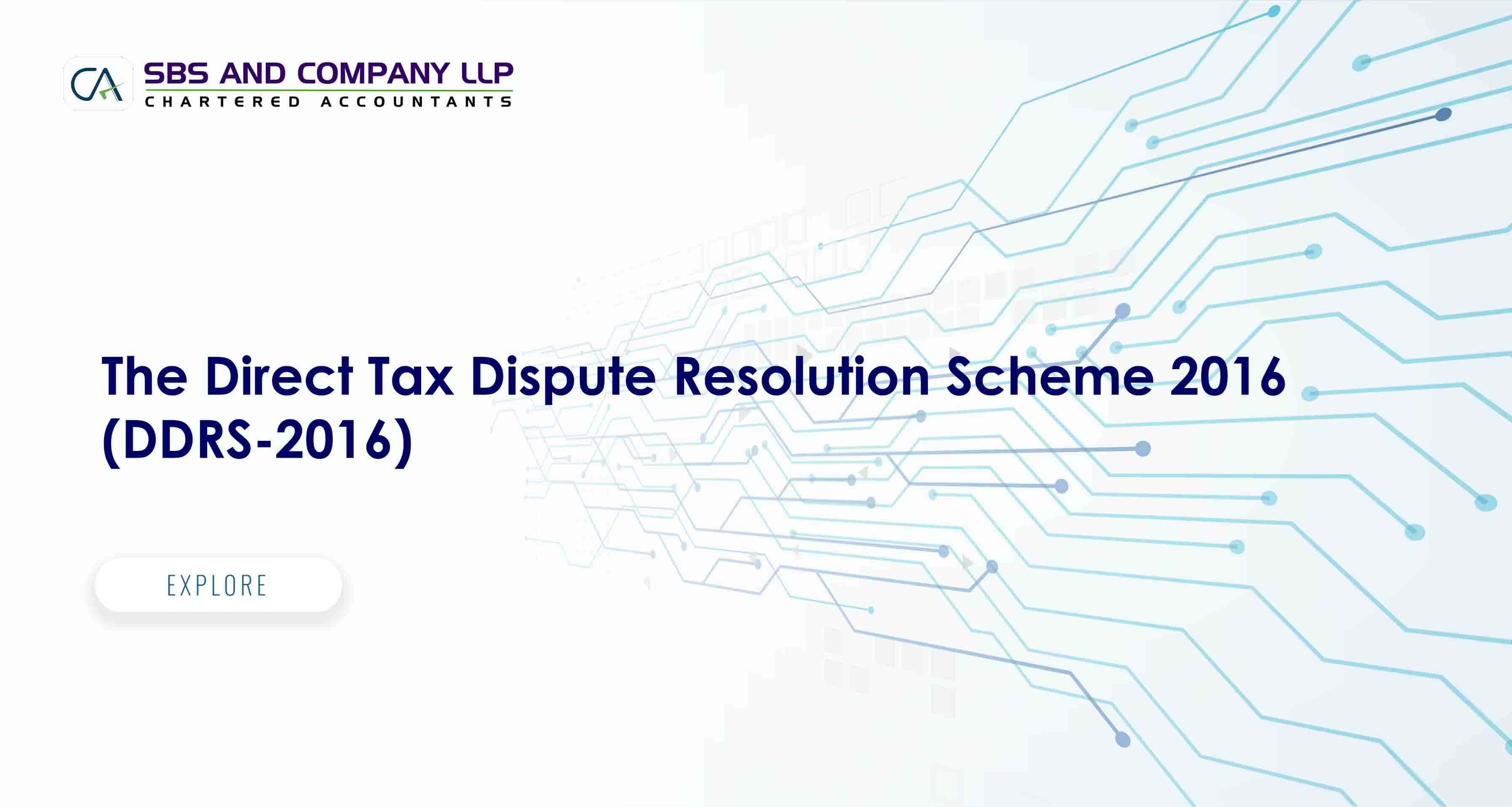Background
REITs originated in the United States to give investors an opportunity to invest in income-generating real estate assets. After its introduction in the States, several countries such as Singapore, Australia and Hong Kong have implemented REITs.
REITs are similar to mutual funds. While mutual funds provide for an opportunity to invest in equity stocks, REITs allow one to invest in income-generating real estate assets. REITs raise funds from a large number of investors and directly invest that sum in income-generating real estate properties (which could be offices, residential apartments, shopping centers, hotels and warehouses).
The trusts are listed in stock exchanges so that investors can buy units in the trust. REITs are structured as trusts. Thus, the assets of an REIT are held by an independent trustee on behalf of unit holders.
Significance of REIT in Indian context
REITs, as a concept, have been on the horizon for a while now. India’s regulations in 2014 for the sector have not been able to attract investor interest. REITs obtained exemption from dividend distribution tax in the Budget, a step towards making them attractive for the investors. A report by real estate consultancy firm estimates that Indian commercial real estate (like office, retail assets) offers investment opportunities for REITs worth $43 billion – $54 billion (Rs. 2.88 lakh crore – Rs. 3.60 lakh crore) across top cities.
REIT’s Investment Objective
The investment objective of REITs is to provide unit holders with dividends, usually generated from rental income and capital gains from the profitable sale of real estate assets. Typically, the trust distributes 90 per cent of its income among its investors by issuing dividends.
Characteristics of REIT Structure
Typically, money is raised from unit holders through an Initial Public Offer (IPO) and used by the company to purchase a pool of real estate properties. These properties are leased out to tenants and the income generated via rent flows back to unit holders (investors) in return as income distributions (dividends).
Real Estate Investment Trust and infrastructure investment trust invites tax regimes have been introduced to allow these infrastructures to be set up in accordance with SEBI regulations. The investment model for REIT’s and allows business trusts to raise capital through an issue of listed units and to raise debts from residents and nonresident investors.
|
|
|
REIT STRUCTURE |
|
|
|
||
|
|
|
|
|
|
|
|
|
|
|
Sponsor |
|
Trustee |
|
Management |
|
|
|
|
|
|
|
|
|
||
|
1. |
Setup REIT and appoint |
1. Hold REIT assets in the name of |
1. |
Identify and recommend |
|
||
|
|
the Trustee |
REIT for the benefit of Unit |
|
investment opportunities |
|
||
|
2. |
Hold minimum required |
Holders |
|
|
2. |
Manage Investments |
|
|
2. Oversee activities of Management |
|
||||||
|
|
percentage of total unit |
|
|
|
|||
|
|
of REIT |
and ensure |
that Management |
|
|
|
|
|
|
|
undertakes |
reporting and |
3. |
Undertake Lease |
|
|
|
|
|
disclosures as per the regulations |
|
Management |
|
||
|
|
|
3. Ensure Management makes |
4. |
Ensuring reporting and |
|
||
|
|
|
timely payment of dividend to |
|
disclosures to |
|
||
|
|
|
unit holders. |
|
|
stakeholders. |
|
|
|
|
|
4. Ensuring |
compliance with |
|
|
|
|
|
|
|
applicable |
laws and protecting |
|
|
|
|
|
|
|
the rights of unit holders as well. |
|
|
|
||
|
|
|
|
|
|
|
|
|
Significance of Investing in REITs, Tax and Other Issues
Investors can buy and sell units of REIT on the stock exchange as and when required, making investment easier to liquidate compared to physical property transaction. Investors who are averse to investing in physical purchase of property due to the risks involved, REIT is an alternative.
REIT could provide an opportunity for investors who, otherwise, do not get the opportunity to invest in commercial real estate because of high capital values. The minimum required to be put into an REIT is Rs2 lakh.90 per cent of the profit generated needs to be distributed as dividend in REIT, it could provide a stable income for unit holders.
Short-term capital gain tax is applicable for unit holders at the rate of 15 per cent. While interest is tax-exempt for REITs, it is taxable for unit holders. The registration charges for every purchase and sale of property is still applicable therefore such factors can impact the profitability and attractiveness of REITs in India.
Potential Investment Risks
REITs units are listed on, and are subject to the vagaries of the stock exchanges, resulting in negative or lower returns than expected. As in mutual funds, retail investors in REITs have no control over investments and exits being made by the trust. Investing in REITs can be a passive, income-producing alternative to buying property directly. Strongly consider publicly-traded REITs over non-traded REITs. It’s essential to pay attention to interest rates.
REIT Enterprise Risk Management Framework
Five-step risk management process comprising Risk identification, Risk assessment, Formulation of risk mitigating measures, Communication and Implementation, as well as Monitoring and review.
The risk assessment takes into account both the impact and likelihood of occurrence and covers the investment, financial, operational and reputational aspects of REIT’s business. Tools such as a risk rating matrix, key risk indicators and risk register assist the Management in its risk management process.
The Board is responsible for governing risks and ensuring that the Management maintains a sound risk management system and internal controls to safeguard Unitholders' interests and Company’s REIT's assets. Assisted by the Audit and Risk Committee (ARC), the Board shall provide valuable advice to management in formulating various risk policies and guidelines.
The Board and Management shall meet on a quarterly basis or more frequently, when necessary, to review Company’s REIT’s financial performance, assess its current and future operating, financial and investment risks, as well as respond to feedback from the compliance Management and auditors.
Operational Risk
All operations are aligned with Company’s REIT’s strategies to ensure income sustainability and maximize distributable income growth. Measures include prompt lease renewals to reduce rental voids, monitoring of rental payments to minimize rental arrears and bad debts, as well as controlling property expenses to maximize net property income.
Standard operating procedures are reviewed regularly and good industry practices are incorporated into daily operations.
Business continuity plans are reviewed and improved periodically to minimize operational disruptions. These plans are tested regularly to ensure the responses developed are feasible and effective. Regular external audits are conducted to ensure that safety standards and procedures are implemented and up-to-date
For assets that are co-owned, the Management works closely with the property Management and co-owners to optimize asset performance and control property expenses. The Management and co-owners also jointly assess and approve all new, renewal, review and restructured leases, as well as capital expenditures.
Financing Risk
Liquidity and financing risks shall be managed in accordance with established guidelines and policies. The Management shall closely monitor its cash flow, debt maturity profile, gearing and liquidity positions. The Management diversifies its funding sources and lengthens the tenure of borrowings to ensure a well-staggered debt maturity profile.
Borrowings are refinanced early to reduce refinancing risk and lengthen the overall debt maturity.
The Managementshall maintain a robust cash flow position and ensures that there are sufficient working capital lines to meet its financial obligations.
Credit Risk
Tenants' credit worthiness is assessed prior to signing of lease agreements. They are also required to place security deposits upon confirmation of their leases.
Systematic rental collection procedures are implemented to ensure regular collection of rents, thereby preventing potential rental arrears.
Investment Risk
Comprehensive due diligence procedures to assess and evaluate potential investment risks are conducted prior to any transaction.
All investment proposals are evaluated objectively based on the investment criteria, as well as the target asset’s specifications, location, expected returns, yield accretion, growth potential and performance sustainability, taking into account the prevailing economic climate and market conditions.
Compliance Risk
The Investment Manager shall update with the changes in legislations and regulations, as well as new developments in its operating environment.
Organisations shall undergo periodic internal and external audits to ensure that it adhere to relevant policies and processes.
The Investment Manager shall ensure organisation complies with applicable laws and regulations, including the Listing Rules.








